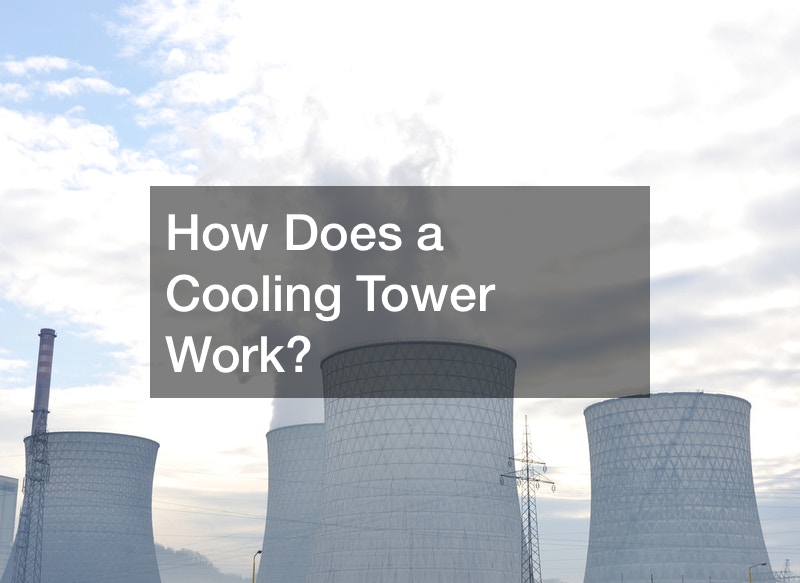How Does a Cooling Tower Work?

In this video, you’ll learn about how large-scale water cooling towers work.
Cooling towers are quite common among industrial processes from manufacturing plants to some nuclear power plants and more. The overall principle of how they work is actually quite simple. The heat-producing process can transfer its heat to water, then the water is either evaporated or pumped away from the heat source, thus reducing the overall temperature.
There are three components to the water cooling tower.
First is the heat exchanger where the actual heat is transferred from the process to the water. Next is the recirculating pump where water is pumped into the heater exchange and out to another source, allowing the water to either cool down, exit the system entirely, or evaporate. Either method of cooling the water down will depend on the industrial process, how much water is required, and how quickly the water needs to cool down and the water and water cooling tower companies. Either way, the recirculating pump will keep a continuous flow of water moving through the system. Then, there is the water cooling tower. This is where a large portion of the water will evaporate, thus cooling down the system. The cooling tower will also serve to carry that water evaporation far away from the industrial process and away from anything that could be damaged.







